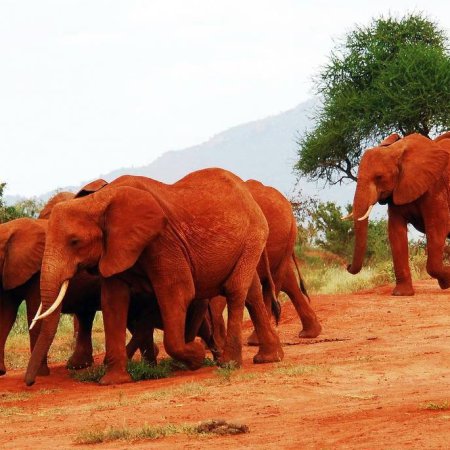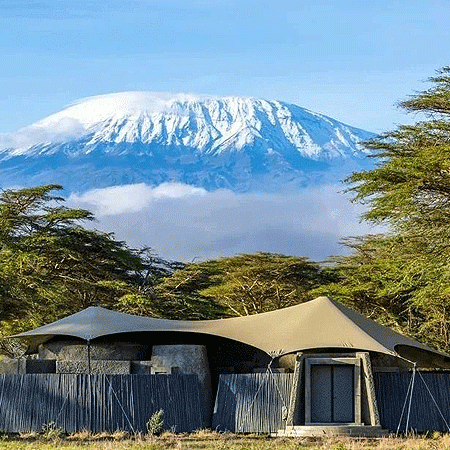Meet the Iconic Elephants of Amboseli: Craig, Tim, and Others
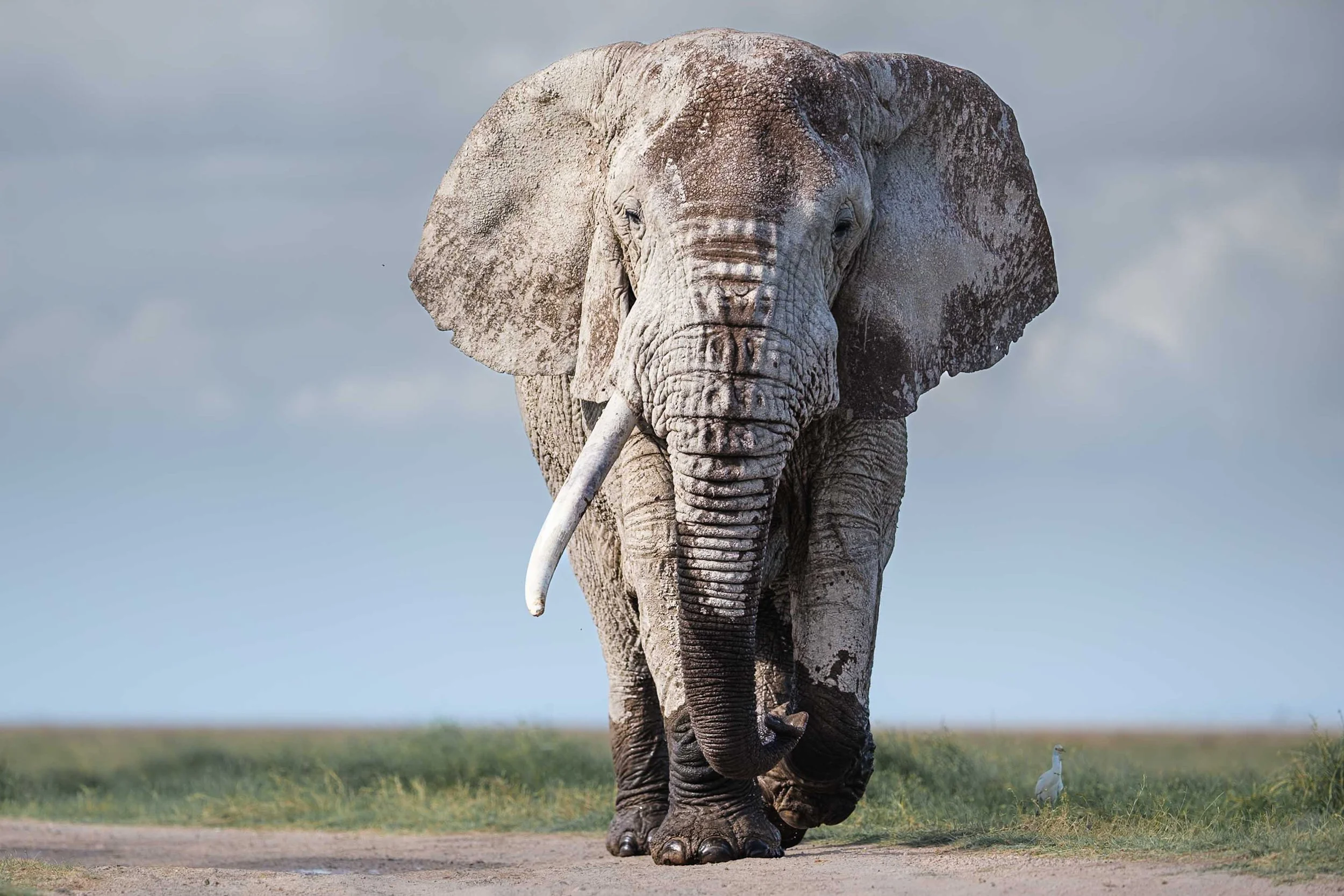
Introduction
Amboseli National Park is famed not just for its stunning landscapes and views of Mount Kilimanjaro, but also for its iconic elephants, especially the super tuskers: bulls with massive tusks that are rare and extraordinary. Over many decades, several individual elephants have captured the hearts of visitors, conservationists, and local communities. In this post we meet some of the most iconic elephants of Amboseli: Craig, Big Tim, Tolstoy, and others. Their stories help us appreciate why elephant conservation matters and what’s being done to protect them.
1. Craig: The Gentle Giant Super Tusker
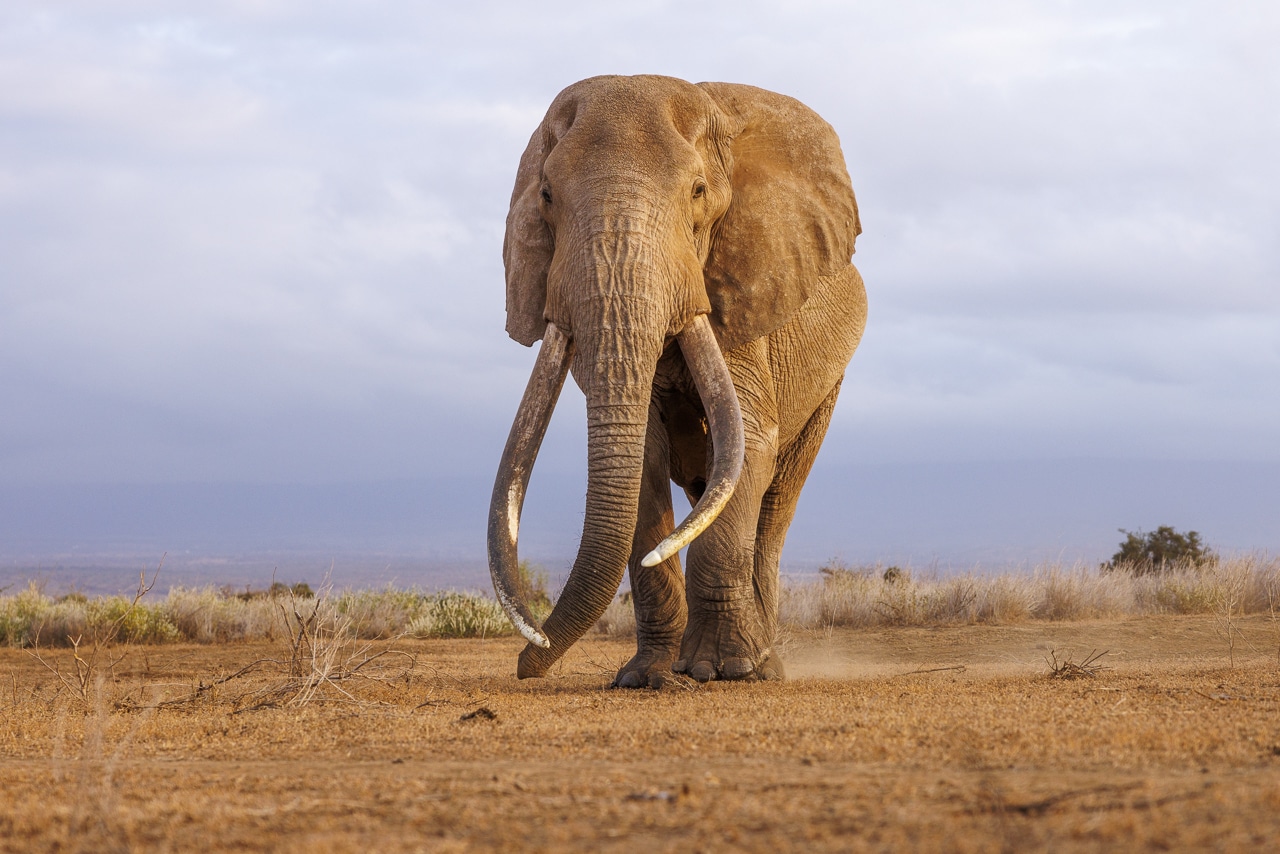
-
Age and status: Born around 1972, Craig is one of the last remaining Super Tuskers in Kenya and perhaps the world.
-
Physical traits: Enormous tusks, large size, demeanor described as calm and gentle. He tends to move alone or with small groups of younger males.
-
Habitat & movement: Craig is often seen in the southern region of Amboseli, and in Kitenden Conservancy; as of recent reports, he sometimes roams into areas outside the park.
-
Conservation significance: Protecting Craig is especially important both symbolically (as he represents what’s left of the Super Tusker gene pool) and practically (his survival gives hope for elephant conservation). Anti‑poaching measures, ranger protection, and involvement of local Maasai communities are essential.
2. Big Tim: The Legend
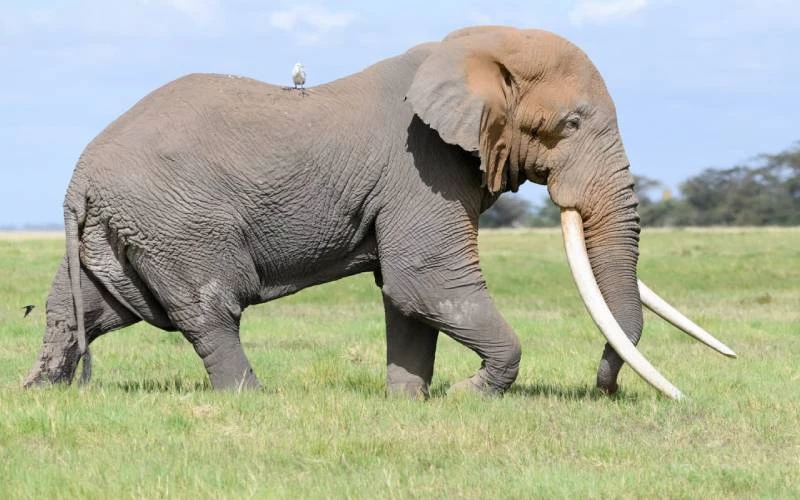
-
Dates & heritage: Tim was born in January 1969. For many years, he was the most famous tusker in Amboseli.
-
Tusk size and recognition: His tusks were extraordinarily large (weighing about 160 lbs and 134 lbs respectively) and nearly touched the ground. He was often used as an example of what a Super Tusker is.
-
Life & personality: Tim was well known for being calm, sociable with other elephants, including younger bulls and for being somewhat of a celebrity among both people and elephants. He was father to many calves, and respected by many in Amboseli.
-
Legacy & passing: Big Tim passed away in 2020. His death marked the passing of one of the last of the truly large tuskers, heightening concerns about the survival of such giants.
3. Tolstoy: Tim’s Uncle, Another Big Tusker
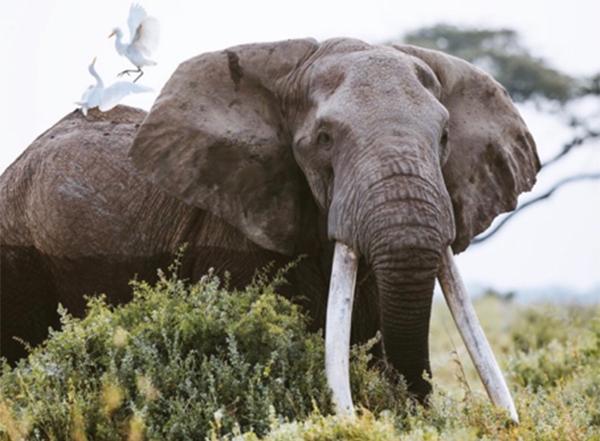
-
Family ties: Tolstoy is part of the T‑family (the same line as Tim). He is related; specifically, he’s Tim’s uncle.
-
Characteristics: He too had ground‑touching tusks, was widely admired for a gentle demeanor, and well‑studied by Amboseli researchers.
-
Threats and injuries: Tolstoy experienced human‑elephant conflict, having been speared several times. These injuries eventually contributed to his demise.
4. Others: “One Ton”, Satao, and Emerging Tusker Hope
-
One Ton: Another large tusker roaming the Amboseli‑Tsavo corridor. Known for being calm, a favorite among guides and visitors. He represents hope for the future of super tuskers.
-
Satao: While Satao was more associated with Tsavo, his life touched the broader elephant conservation conversation, showing the tragedy that can befall even the most majestic tusked bulls.
5. Conservation Challenges & What’s Being Done
-
Poaching risk: Big tuskers like Craig and Tim are especially vulnerable due to their large tusks. Ivory markets make them prime targets.
-
Human‑Elephant Conflict: Elephants with large home ranges sometimes raid farms, or cross into human settlements. Tim, for example, had such conflicts.
-
Monitoring & Tracking: Elephants like Tim were fitted with tracking collars to monitor their movements, warn communities, and reduce conflict.
-
Community + Ranger Protection: Local Maasai communities, park agencies like Kenya Wildlife Service (KWS), and NGOs work together to protect these individuals. For example, they assist in reporting, securing corridors, and enforcing protections.
6. Why These Elephants Matter
-
Genetic heritage: Super tuskers are rare. Their large tusks represent genetic traits that once were more common; preserving them helps maintain genetic diversity.
-
Tourism & awareness: These iconic bulls draw tourists, photographers, and media, which in turn brings income and attention to Amboseli and elephant conservation broadly.
-
Symbolic value: They are symbols of what is under threat not just ivory, but habitat loss, fragmentation, and human‑wildlife interaction. Their stories humanize conservation and show both vulnerability and resilience.
Conclusion
Big Tim, Tolstoy (now gone but remembered),Craig, One Ton, and others are not just individual elephants, they represent an era, a way of life, and the challenges and hopes of elephant conservation in East Africa. Encountering one of them in the wild is to see something rare, powerful, and deeply meaningful. As conservationists continue work, and as tourists, researchers, and local communities play their roles, these giants may yet roam for generations more. Meeting this giants and other animals in the wild is extremely satisfying, book a safari with us and enjoy the experience.

